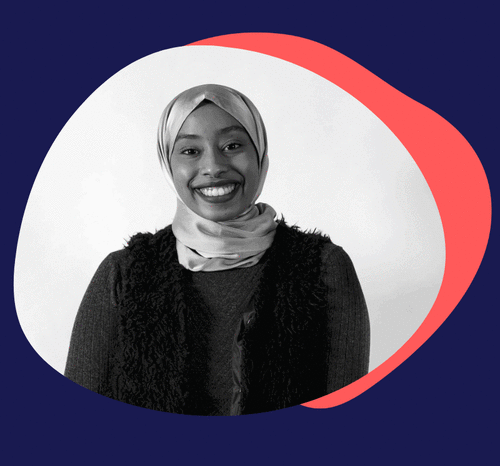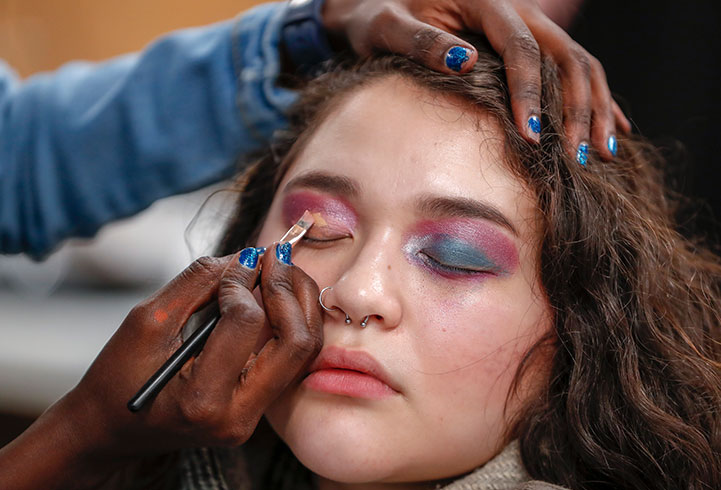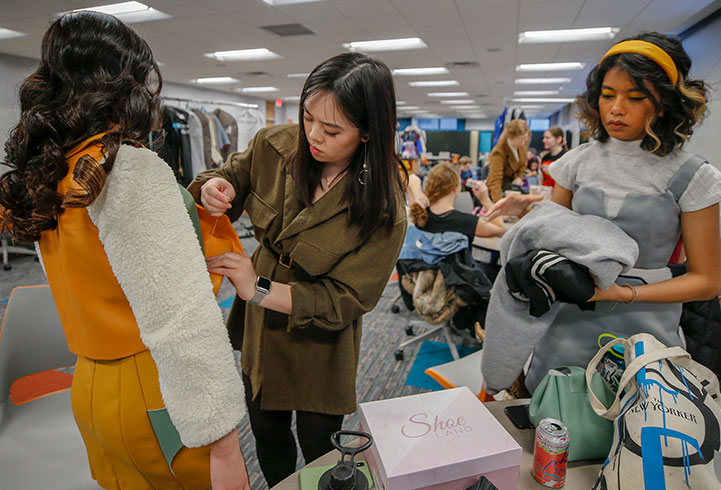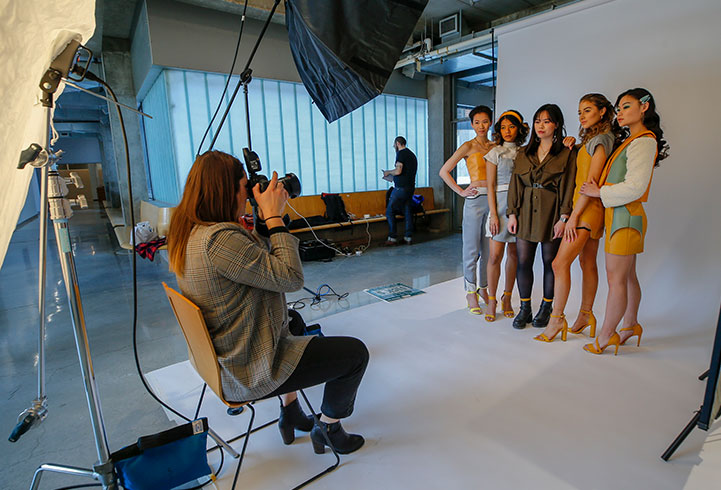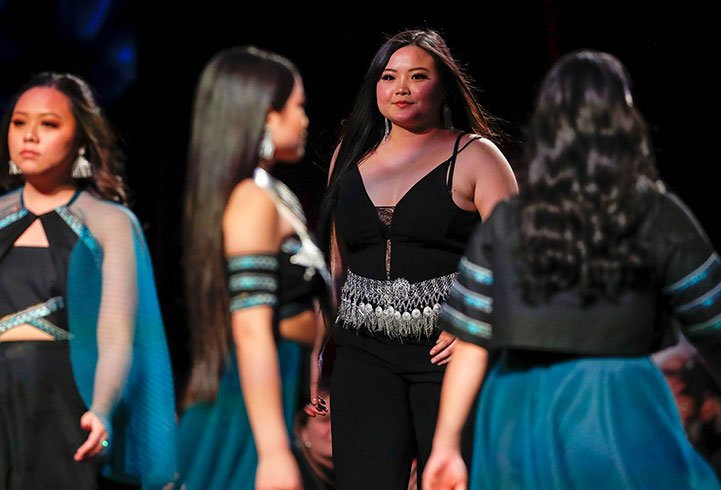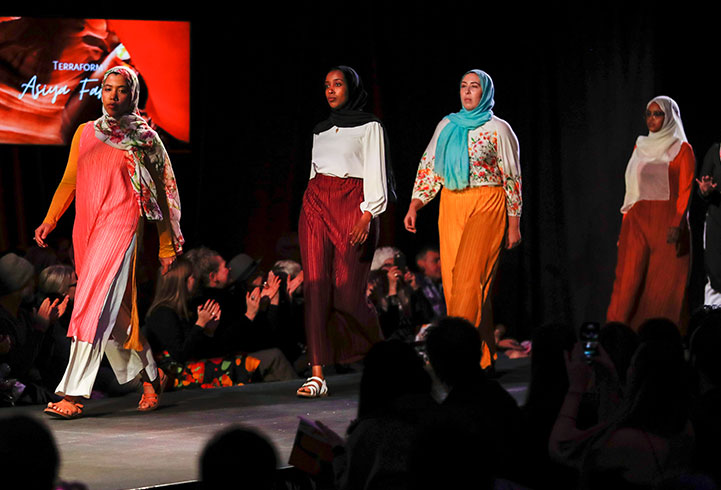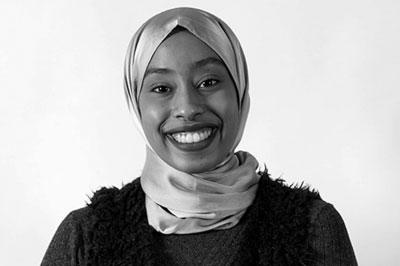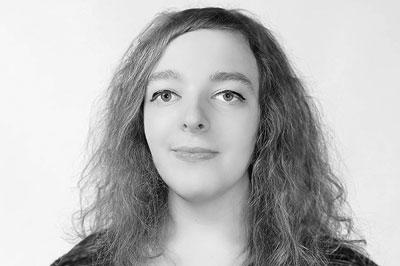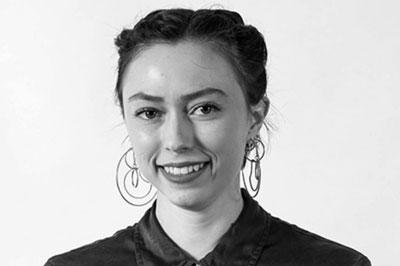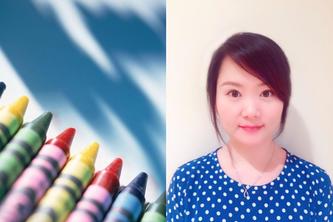Pushing the boundaries of fashion
It’s easy for fashion to fall under the spell of stereotype: that it is the exclusive domain of models, celebrities, the wealthy, and then the rest of us. That it involves runways, posing, and flashing bulbs. It does. But it is also much more than that.
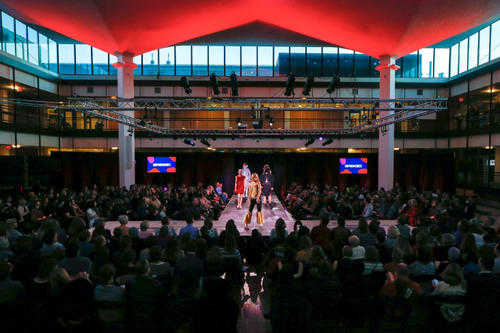
Perhaps more so than any part of our shared human experience, it is clothing which spans cultures and climates, generations and socioeconomics. But the future of clothing is changing. Faculty and students in the U of M’s apparel design program are helping to chart that future.
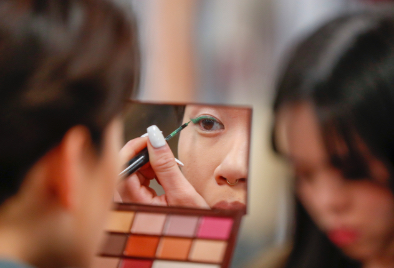
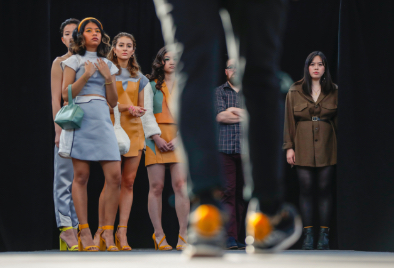
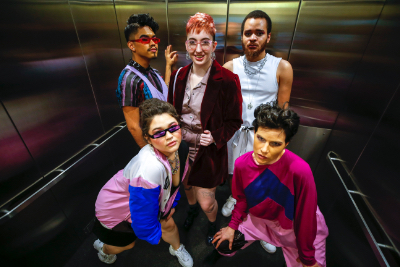
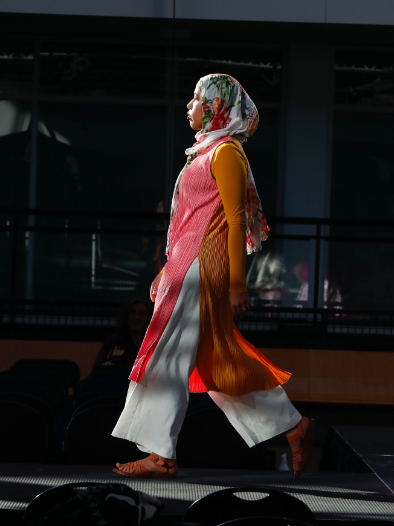
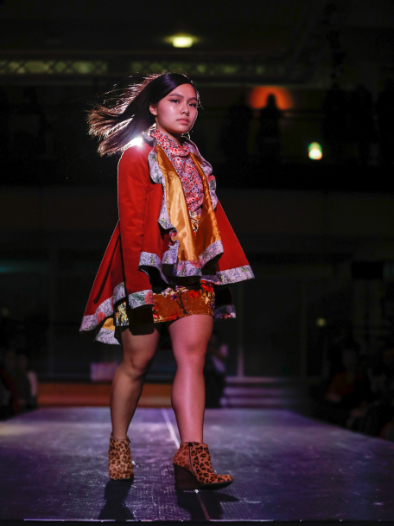
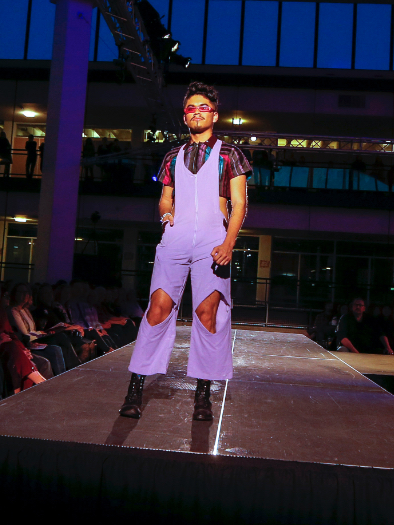
Fashion inclusion
Recent graduates of the U of M apparel design program are entering the world of clothing—a trillion-dollar industry that affects everyone, from babies in onesies to astronauts in spacesuits.
In its place at the leading edge of the apparel industry, fashion can be both predictive of and responsive to culture.
It’s also very much dependent on the individuals who create it, and those of us who choose to wear it. Those choices can be made based on questions ranging from “Does it fit me?” to “Is it ethical?”
Since 1968, apparel design students at the University of Minnesota have been presenting their original designs in an annual student fashion show. The event is a rite of passage.
“It’s a big deal for them,” says professor Lucy Dunne, director of the College of Design's apparel program (and co-director of the Wearable Technology Lab). “It’s basically the culmination of their four-year degree. They start thinking about it as soon as they enter the program. It’s a big accomplishment.”
The Amplified Fashion Show represents clothing that pushes the boundaries of traditional fashion.
Lucy Dunne, Director of the College of Design’s apparel program and co-director of the Wearable Technology Lab"Each student has their own voice that they want to communicate, and then as a group they find a commonality, something that brings them all together."
{"preview_thumbnail":"/sites/twin-cities.umn.edu/files/styles/video_embed_wysiwyg_preview/public/video_thumbnails/8gKfN73J2JQ.jpg?itok=jzdl08vr","video_url":"https://youtu.be/8gKfN73J2JQ","settings":{"responsive":1,"width":"854","height":"480","autoplay":0},"settings_summary":["Embedded Video (Responsive)."]}
In 2020, the 16 apparel design seniors in the student fashion show chose the theme “Amplified” to represent clothing that pushes the boundaries of traditional fashion.
Their clothing lines lift up voices not typically seen on the runway through the exploration of areas like plus-size, virtual reality, gender-neutral, and sustainable clothing lines, and are a reflection of the personal experiences of each student and the increasingly diverse voices of fashion.
“Each student has their own voice that they want to communicate, and then as a group they find a commonality, something that brings them all together,” says Dunne. “[With Amplified] they really wanted to bring voices into fashion that are not as represented. This is their vision.”
Note: The 2020 fashion show took place in late February, prior to COVID-19 campus precautions.
Meet four of the fashion designers
- Categories:
- Architecture and Design
